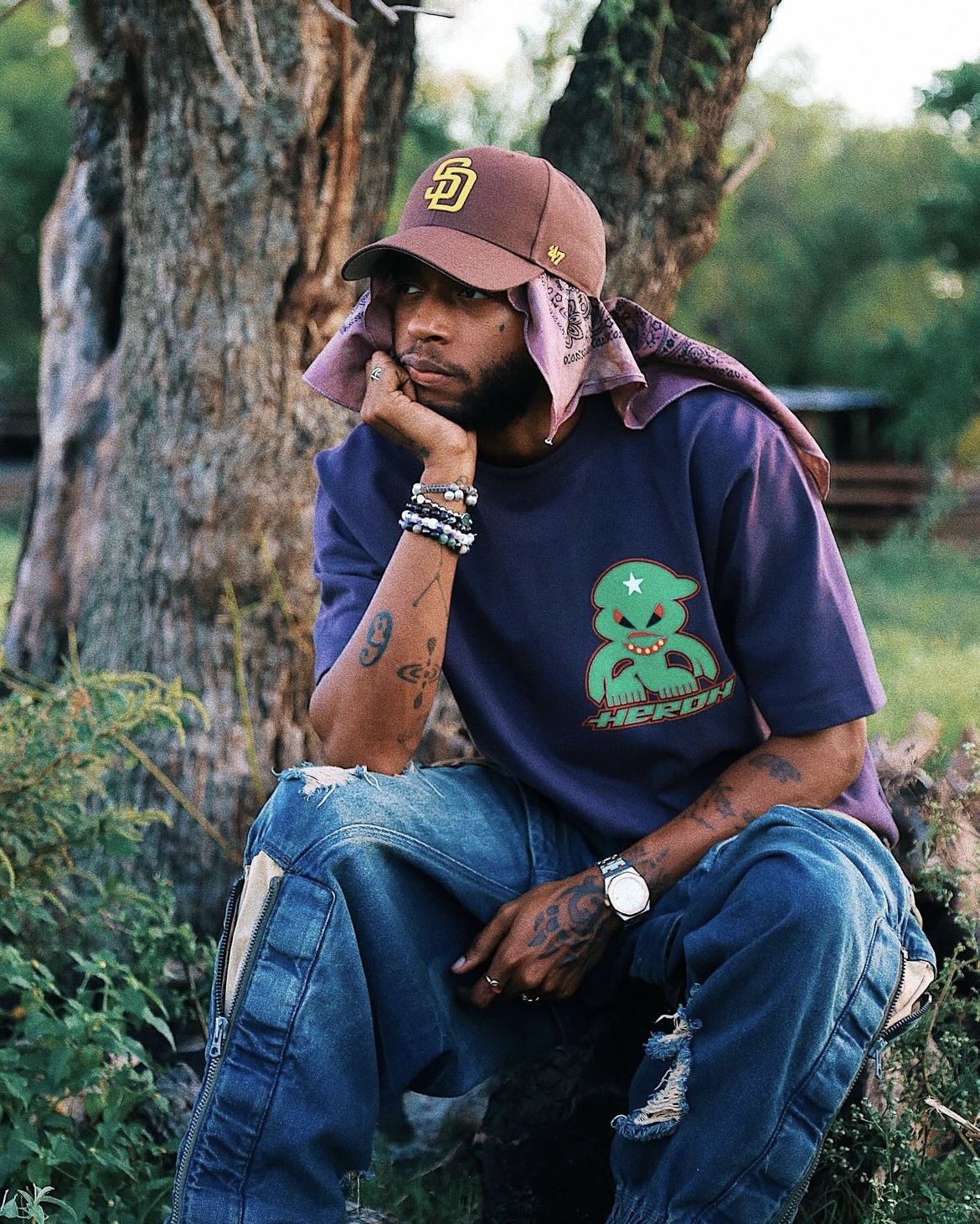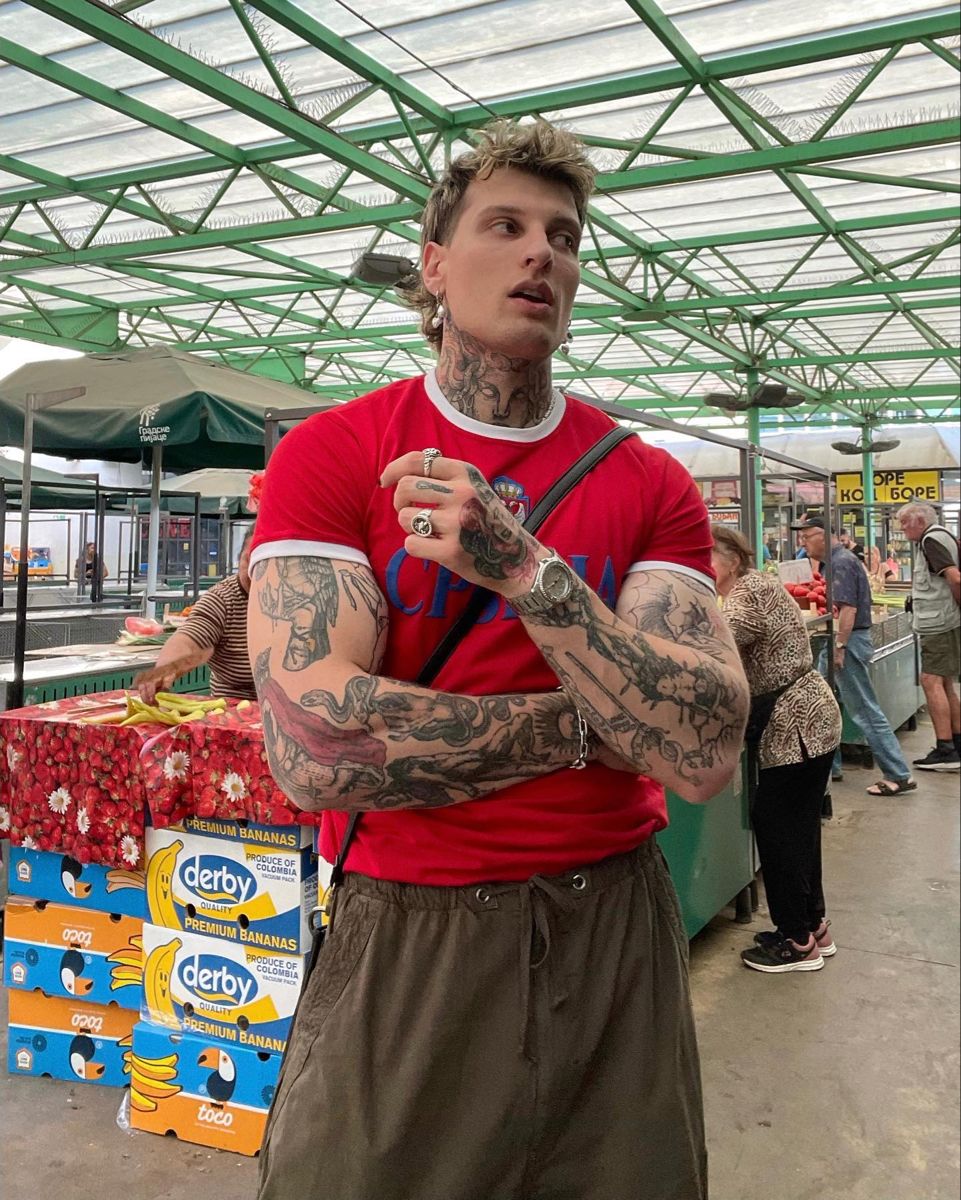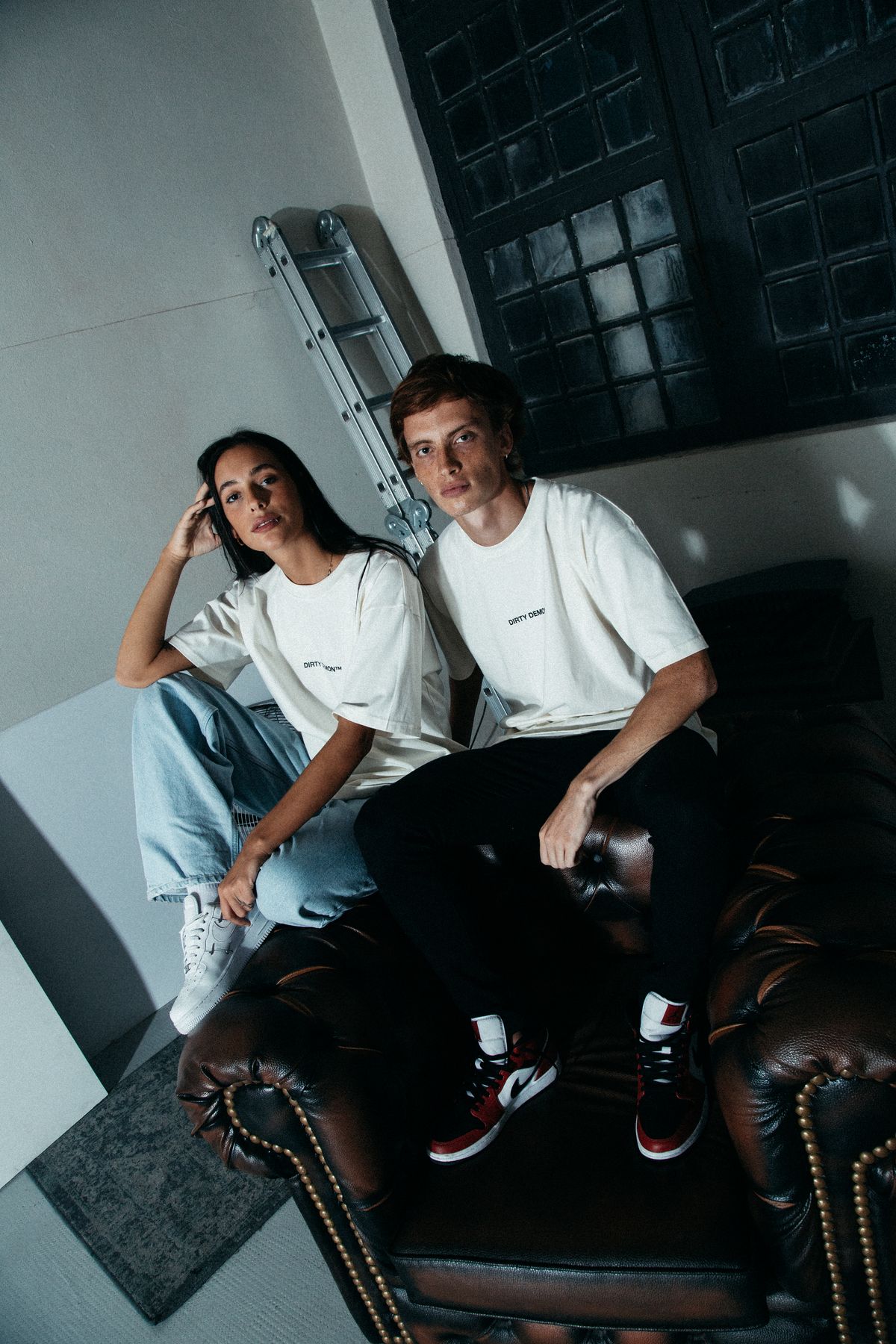Introduction
Fashion in 2025 is no longer limited to garments as mere coverings for the body. Instead, clothing has transformed into a language—an evolving dialogue between personal identity, social belonging, and creative innovation. “Identity in Layers: Clothing the Self in 2025” explores how style choices express individuality, how layers of fabric narrate deeper human stories, and how technology, sustainability, and culture merge to redefine the wardrobe of tomorrow.
This article examines the layered meaning behind clothing in 2025, from practical utility to symbolic representation. By investigating trends, cultural influences, and emerging movements, it becomes clear that fashion is more than surface—it is a layered exploration of the self.
The Evolution of Fashion as a Language
Fashion communicates without words. In 2025, clothing has expanded its vocabulary, offering individuals ways to narrate identity through cut, silhouette, fabric, and color. The layering of garments—literal and metaphorical—allows people to project their inner worlds outward.
Historically, layering served as protection or status symbol. Today, it has developed into a symbolic statement. Jackets paired with tunics, oversized shirts with sleek trousers, or sheer fabrics over structured pieces reflect not just style but personal philosophy. Each choice is intentional, creating a wearable autobiography.
Layers as Expressions of Identity
Layers in clothing reflect the complexity of identity itself. Just as a person embodies multiple roles—professional, intimate, cultural—clothing layers capture these dynamics.
-
Outer layers: what we present to society, the curated version of self.
-
Inner layers: private comfort pieces, loungewear, and items representing vulnerability.
-
Transitional layers: garments bridging the personal and the public, such as hybrid workwear.
By layering, individuals negotiate the space between public performance and private authenticity. The act itself becomes symbolic of how identity is constantly constructed and reconstructed.
Cultural Influences in Layered Clothing
Fashion in 2025 borrows freely from global traditions while respecting cultural origins. Layering is a universal practice, found in Japanese kimono styling, Middle Eastern abayas, African wrap dresses, and Western tailoring. Contemporary designers reinterpret these traditions with futuristic fabrics and gender-fluid cuts, allowing culture to serve as both anchor and launchpad for innovation.
Layering also represents cultural hybridity. Migrant communities, diasporic identities, and digitally connected youth fuse styles into new forms. A hoodie layered under a tailored blazer may reflect a merging of streetwear rebellion with corporate ambition.
Technology and the Future of Layers
Technology has revolutionized fabric engineering, leading to intelligent garments that adapt to conditions. In 2025, layered clothing often integrates smart textiles that regulate temperature, adjust opacity, or track biometric data.
Imagine a jacket layered over a shirt, where the jacket changes hue based on mood, while the shirt beneath measures stress levels. These layered garments become an extension of the body, blending physical protection with digital identity.
Sustainability in Layered Fashion
Sustainability defines fashion in 2025. The concept of layering encourages longevity—wearers can mix existing pieces in innovative ways rather than purchasing excessive new items. Capsule wardrobes thrive on layering potential: a limited collection styled endlessly to suit varied contexts.
Recycled fabrics, biodegradable fibers, and modular garments empower wearers to layer responsibly. A single piece may transform—detachable sleeves, reversible linings, or adaptable silhouettes—ensuring maximum versatility with minimal waste.
Psychological Depth of Clothing Layers
Clothing layers embody psychological symbolism. The outer coat may act as armor, protecting the wearer’s vulnerability. The inner shirt could reflect intimacy, comfort, or nostalgia. By peeling back or adding layers, individuals control what they reveal or conceal.
In 2025, this becomes especially significant in digital culture. With blurred lines between online and offline, people craft layered personas through fashion. Physical clothing mirrors virtual avatars—layered skins, customizable aesthetics, fluid identities.
The Aesthetics of Layering in 2025
Designers experiment with exaggerated proportions, asymmetry, and transparency to elevate layering as an art form. Flowing dresses are paired with structured outerwear. Sheer fabrics reveal hints of inner garments, balancing exposure and concealment. Accessories, too, function as layers—scarves, harnesses, vests, and belts reframe silhouettes.
Streetwear continues to influence layering aesthetics. Hoodies under trench coats, oversized T-shirts over long sleeves, and stacked jewelry amplify urban identity. Luxury fashion, meanwhile, refines layering with precision tailoring, minimalist palettes, and technical craftsmanship.
Global Narratives of Layered Identity
Across continents, layering reflects both climate and culture. In Scandinavian countries, it is functional against cold. In East Asia, it embodies philosophical traditions of harmony and balance. In North America, layering captures the interplay of individuality and diversity. Each narrative contributes to a shared global story: clothing layers as identity layers.
Conclusion
“Identity in Layers: Clothing the Self in 2025” reveals fashion’s evolution into a layered form of storytelling. Every piece worn, every fold and silhouette, communicates identity beyond words. Layers are not just fabric—they represent culture, technology, sustainability, and psychology.
In 2025, fashion is not consumed passively. It is created, curated, and layered with purpose. Clothing becomes a canvas where individuals negotiate visibility, authenticity, and imagination. Just as layers protect, reveal, and transform, so too does identity itself—ever-shifting, ever-layered, and ever-evolving.





Leave a comment